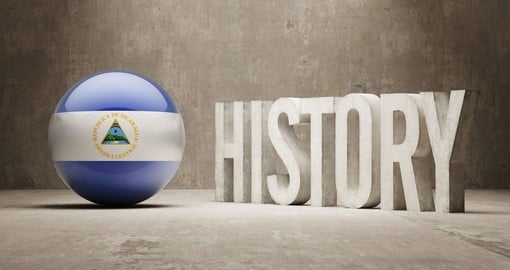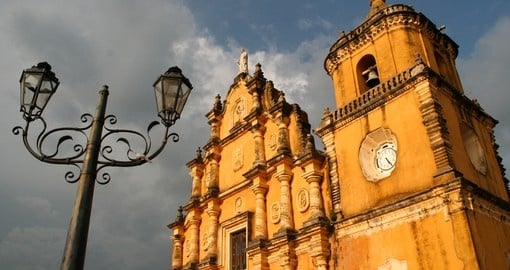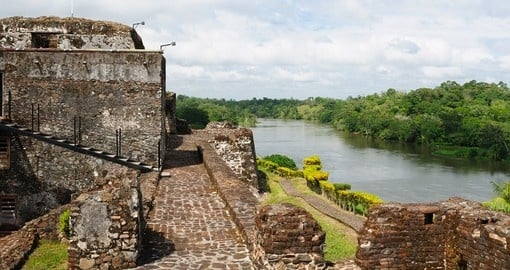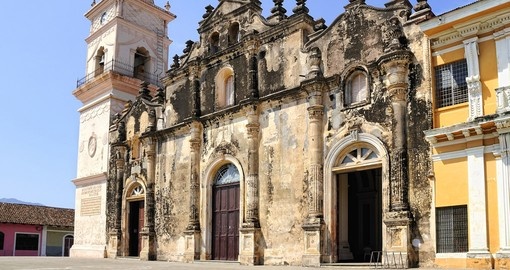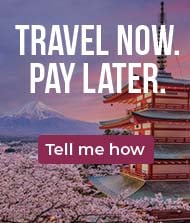Nicaragua History
With a coastline on both the Pacific Ocean and the Caribbean Sea, Nicaragua was once an important fishing encampment. Before the Spanish arrived, Managua, the current capital of Nicaragua, was a regional capital and served as a significant trading centre. There were two groups that made up the population of the country. The Caribbean lowlands housed people whose ancestors most likely came from Colombia, while the central and western areas hosted people of Aztec and Mayan descent.
The first Europeans to arrive in the country were the Spanish under Fernandez de Oviedo in 1528. While some of the population managed to flee, many fell victim to the newly introduced diseases and illnesses that came with the Spanish. Those that lived in the east remained in relative peace due to a lack of interest from the Europeans.
Under Spain, the territory that Nicaragua covered became part of Guatemala. Once France invaded Spain in 1794, Nicaragua became of little importance as Spain tried to recover. Just as Spain was weakened, internally, Nicaragua was also in trouble. There was great cvil unrest due to monopolies that were held by rich landowners. These monopolies made trade incredibly unfair and the poorer populations could not compete.
After the Captaincy General of Guatemala dissolved in 1821, Nicaragua and its neighbours (El Salvador, Panama, Costa Rica and Honduras) joined to form the United Provinces of Central America. Together the provinces gained independence but the union was short-lived. Internal fighting amongst the countries led to its demise a mere fifteen years after its inception. After this, Nicaragua declared itself a sovereign state.
Despite being independent, there was again unrest in Nicaragua at the hands of the liberals and the conservatives. The liberals invited American William Walker to aid their cause in 1855. Unfortunately, things did not go as planned and Walker fixed an election making him president in 1856. He wished to turn Nicaragua into a slave colony but was eventually captured with help from the British and he was executed. Just as the liberals had turned to an American to help, the conservatives also asked for American intervention in 1909. For the next twenty years, U.S. Marines occupied Nicaragua. It was not until 1933 that a guerilla campaign led by Augusto César Sandino forced the Americans out in 1935.
A parliamentary National Guard was established and led by General Anastasio Somoza Garcia. He created Nicaragua’s longest-running military dictatorship that lasted until 1979. The Sandinista National Liberation Front (FSLN) began a guerilla campaign who were successful in overthrowing the Somoza dynasty. In response to this, rebel groups joined together, forming the Contras to oppose the new government. In 1981, American president Reagan helped the Contras saying that by doing so, America was fighting communism. In 1987 a deal was signed with Honduras (where many Contra bases were stationed) and the insurgency ended.
The Contra war left the economy in ruins and the 1990s were dedicated to rebuilding. Recent years have witnessed major growth in Nicaragua’s tourist industry. Great importance has been placed on ecotourism as the country has some of the most biodiverse areas in the world. Once seldom visited, Nicaragua is gaining a reputation as a nature lover’s paradise.
Extend Your Trip
After your Nicaragua tour, why not consider another of Goway's Latin America tours? These include a large selection of other exciting countries in Central and South America. We offer Chile vacation packages and Easter Island tours, Ecuador vacation packages which include Galapagos cruises, Peru vacation packages which include Machu Picchu tours and Brazil tours including Iguassu Falls tours among many others.
Get a Trip Quote Order a Brochure






